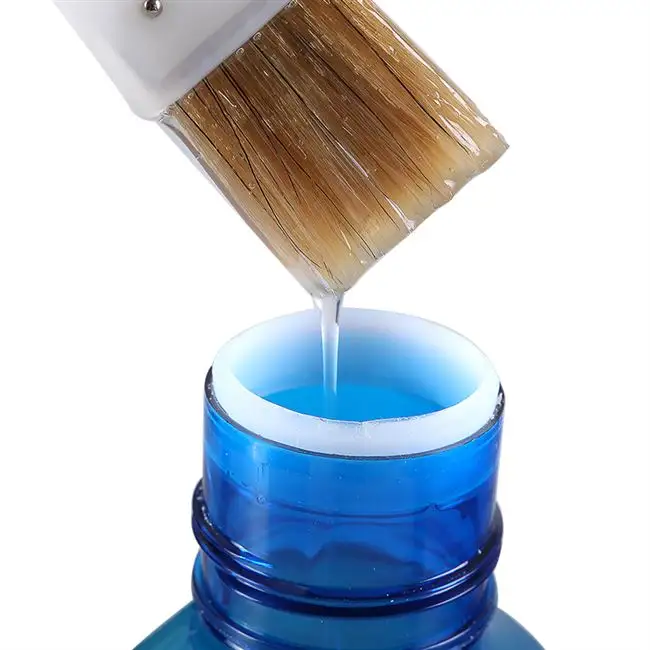Adhesive is a substance that can tightly bond various materials together. Adhesive is also called adhesive, adhesive and adhesive, referred to as glue .
Adhesives and bonding technology are produced and developed along with human civilization. It is not only widely used in plywood, paper processing, shoemaking, fiber processing and other light and textile industries. Moreover, it has promoted the development of industries such as construction, machinery, aviation and shipbuilding, and has also played an important role in biomedicine. Cutting-edge technology sectors such as electronic instrumentation, national defense and space technology also play an important role. With the continuous increase of new varieties of adhesives, the expansion of application scope and the gradual deepening of the anti-correlation theory, the bonding technology will have a broader development prospect. Here, Kain will introduce various adhesives one by one. Especially the categories and development trends of new adhesives.

Adhesive Composition
Natural adhesives used by people in the early days, such as animal isinglass, bone glue, plant starch, dextrin, etc. Water is used as solvent, and the components are very simple. However, when people use synthetic polymer compounds in large quantities, in order to meet various requirements, most of the adhesives are composed of various components. These components are described below:
(1) Adhesives, also known as base materials, are the basic components of adhesives. It has a decisive influence on the bonding performance of the adhesive (such as bonding strength, heat resistance of the joint, aging resistance, etc.).
(2) The curing agent is also called hardening agent, curing agent or stabilizer. Curing agent is an additive that can cross-link polymers with a linear structure into a bulk structure. The amount and performance of an essential component curing agent will directly affect the process performance of the adhesive (such as glue application method, curing conditions, etc.), and will also affect the performance of the bonded joint (such as bonding strength, durability, etc.) heat, solvent resistance, etc.).
(3) Toughening agent Toughening agent can improve the performance of the adhesive, increase toughness, reduce brittleness, and improve the peeling resistance and impact resistance of the adhesive joint structure force. According to different types of binders, different toughening agents are used. Toughener and binder must have good compatibility.
(4) Thinner Thinner is a kind of component that can reduce the viscosity of the adhesive. It can increase the actual wetting of the adhesive to the surface of the adherend ability, and is conducive to construction. Any solvent that can be miscible with the adhesive or various low-viscosity compounds that can participate in the curing reaction of the adhesive can be used as a diluent.
(5) Filler The filler has the functions of improving the bonding strength of the bonded joint, increasing the surface hardness, improving heat resistance, reducing the coefficient of thermal expansion and shrinkage, increasing the viscosity and Effects such as cost reduction. Using special fillers can also obtain special properties, such as electrical conductivity and magnetic permeability.

 微信扫一扫打赏
微信扫一扫打赏

